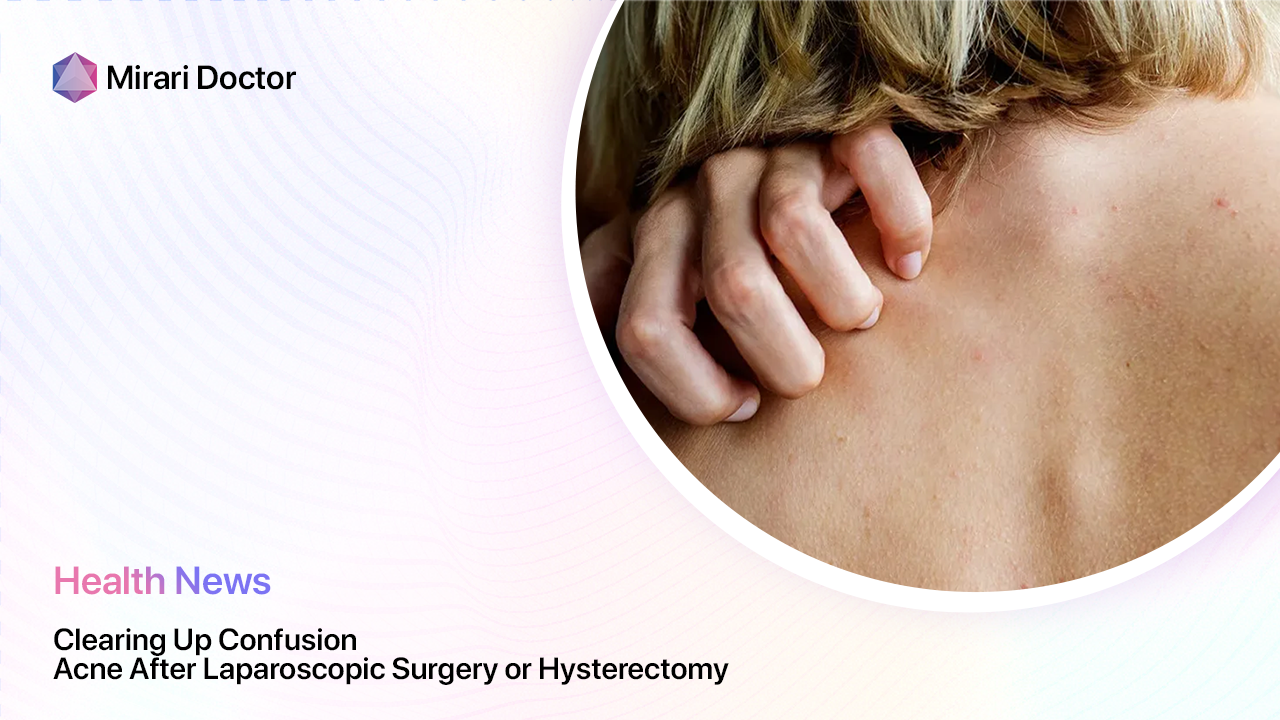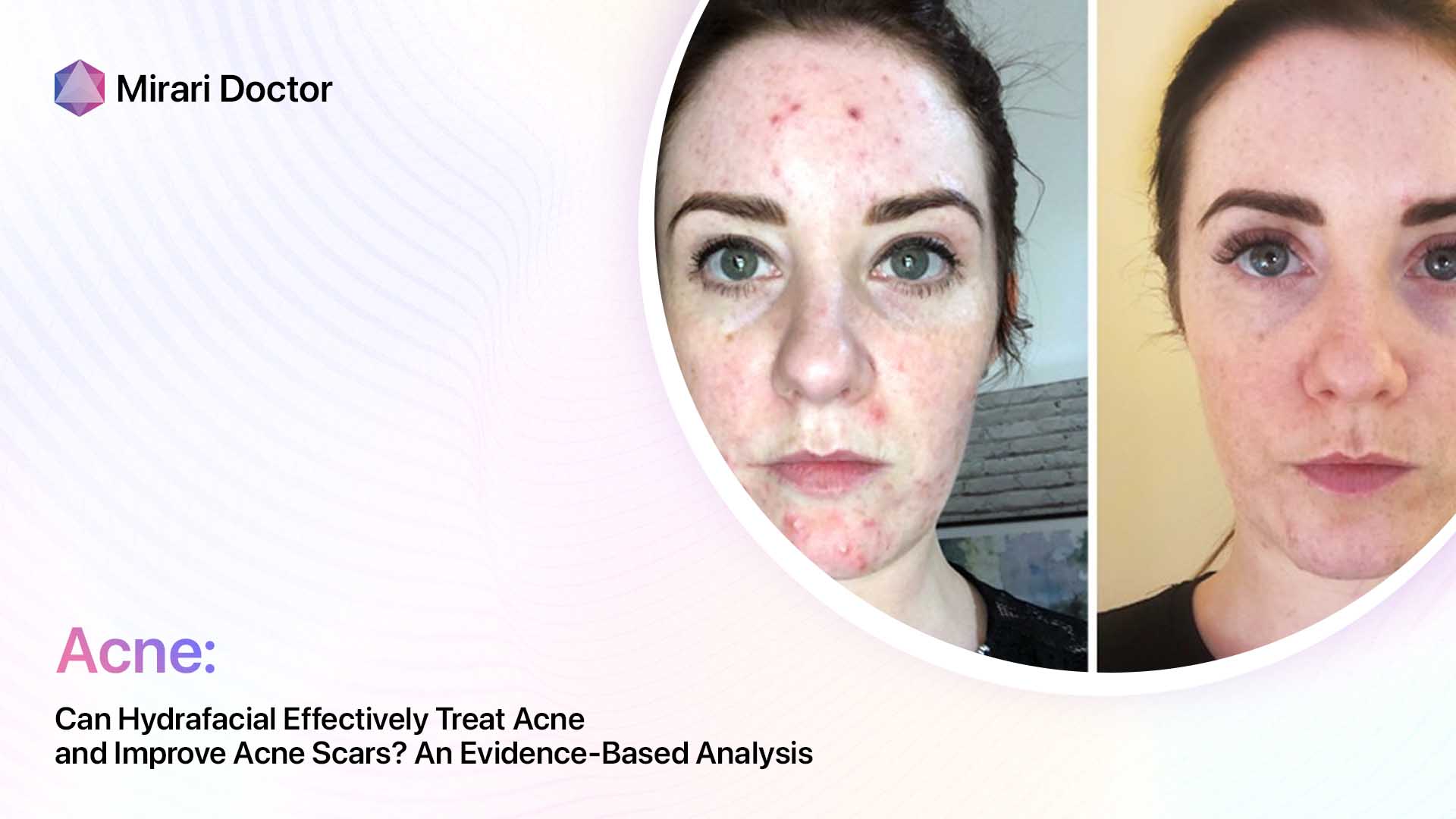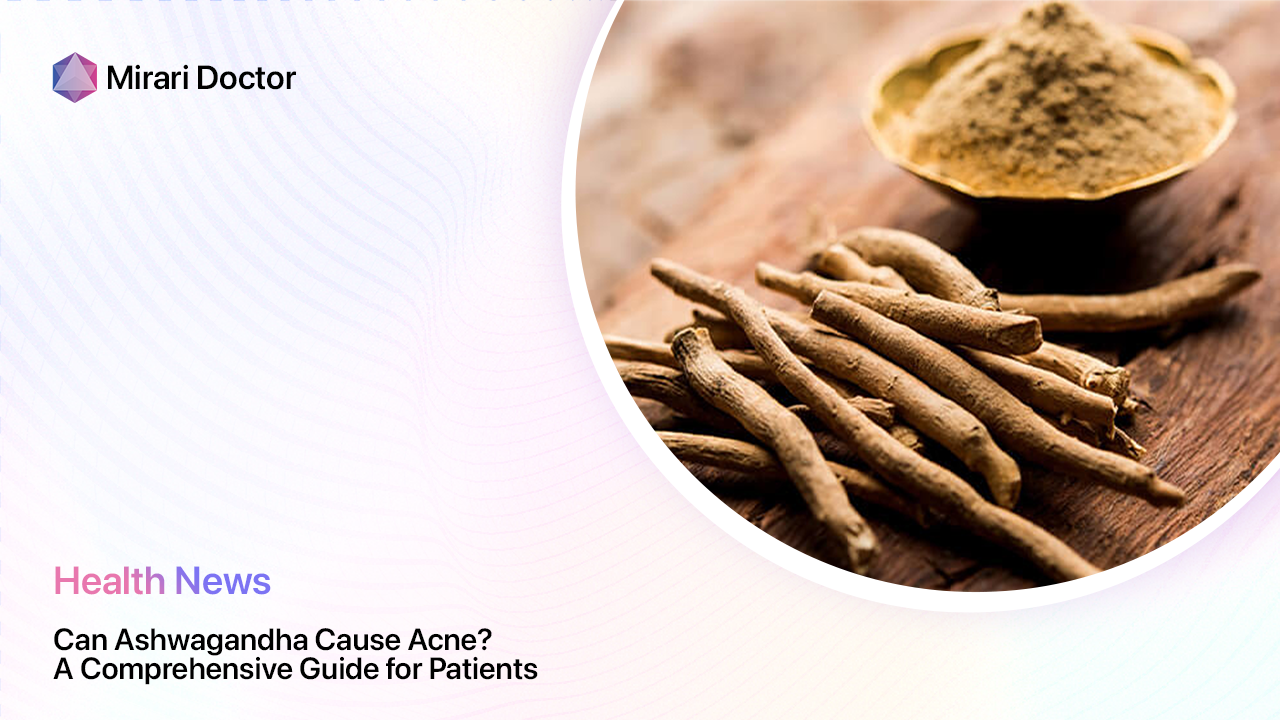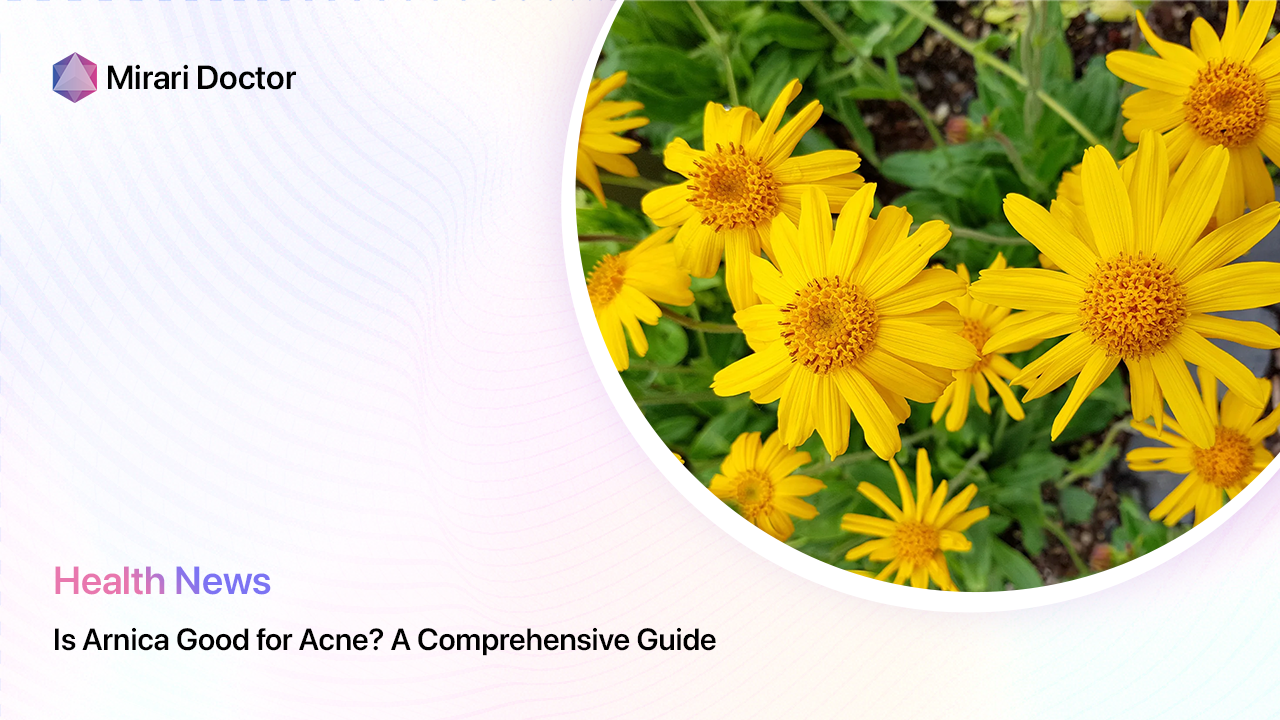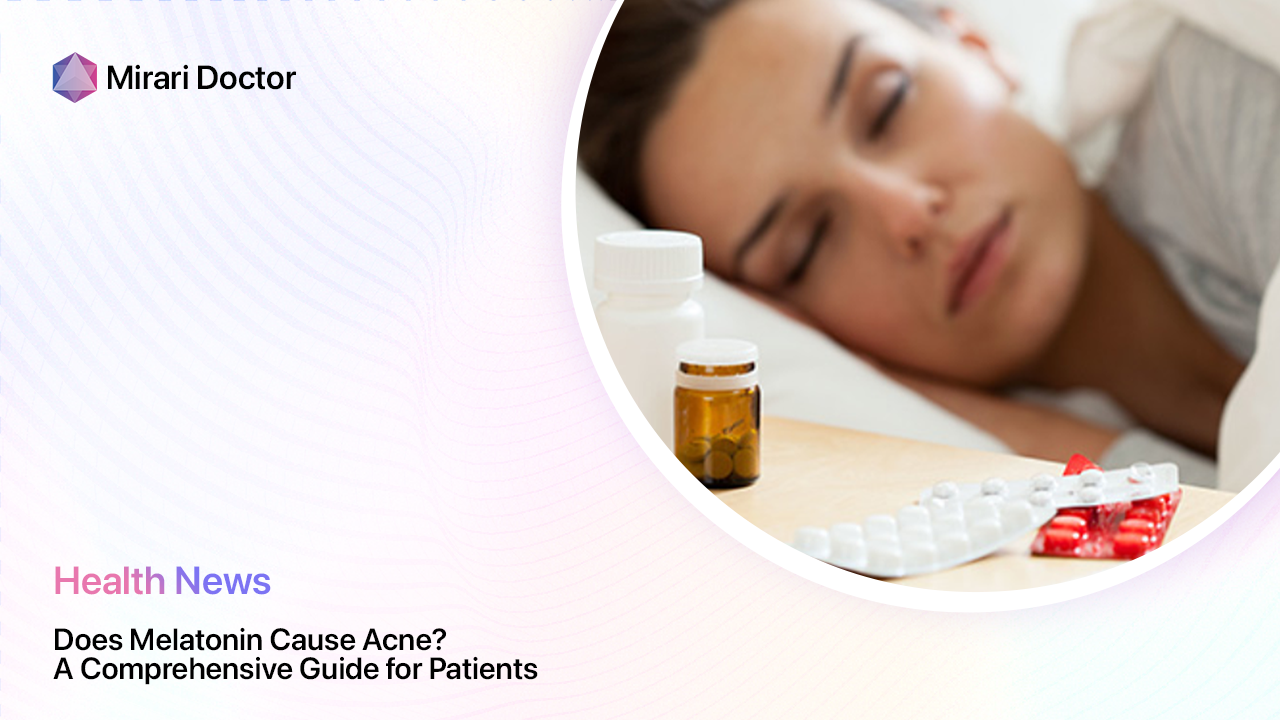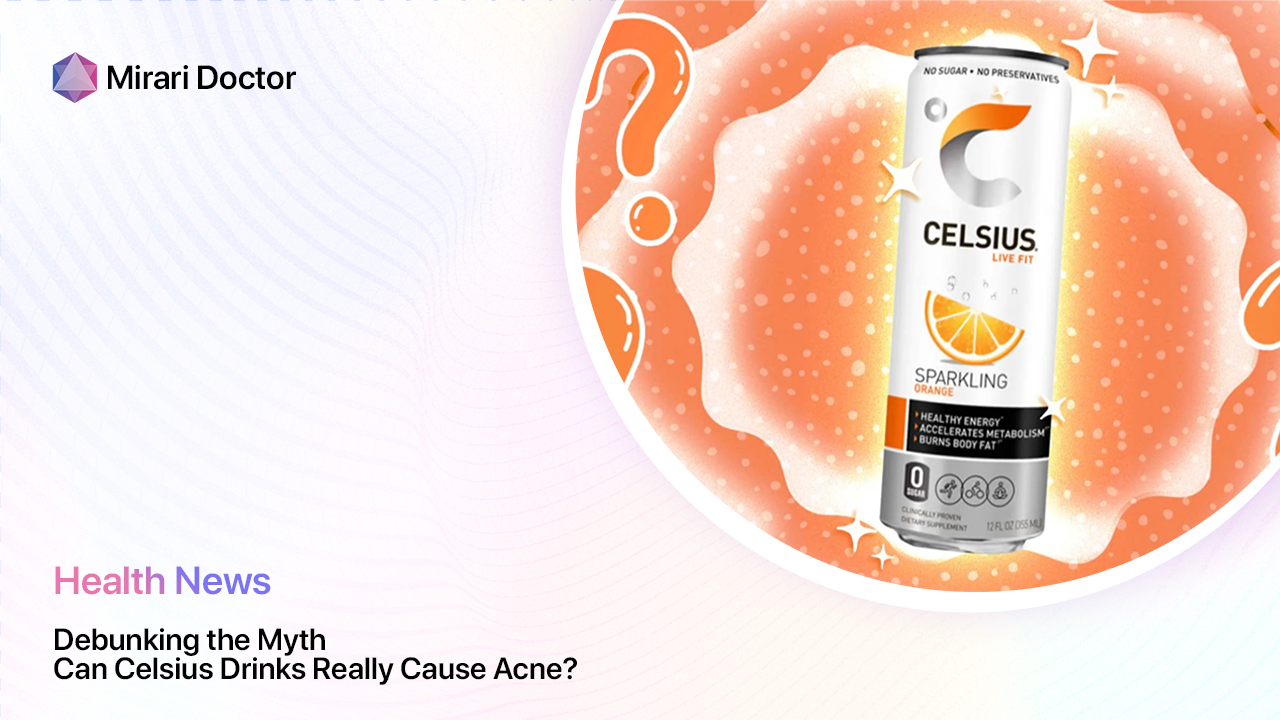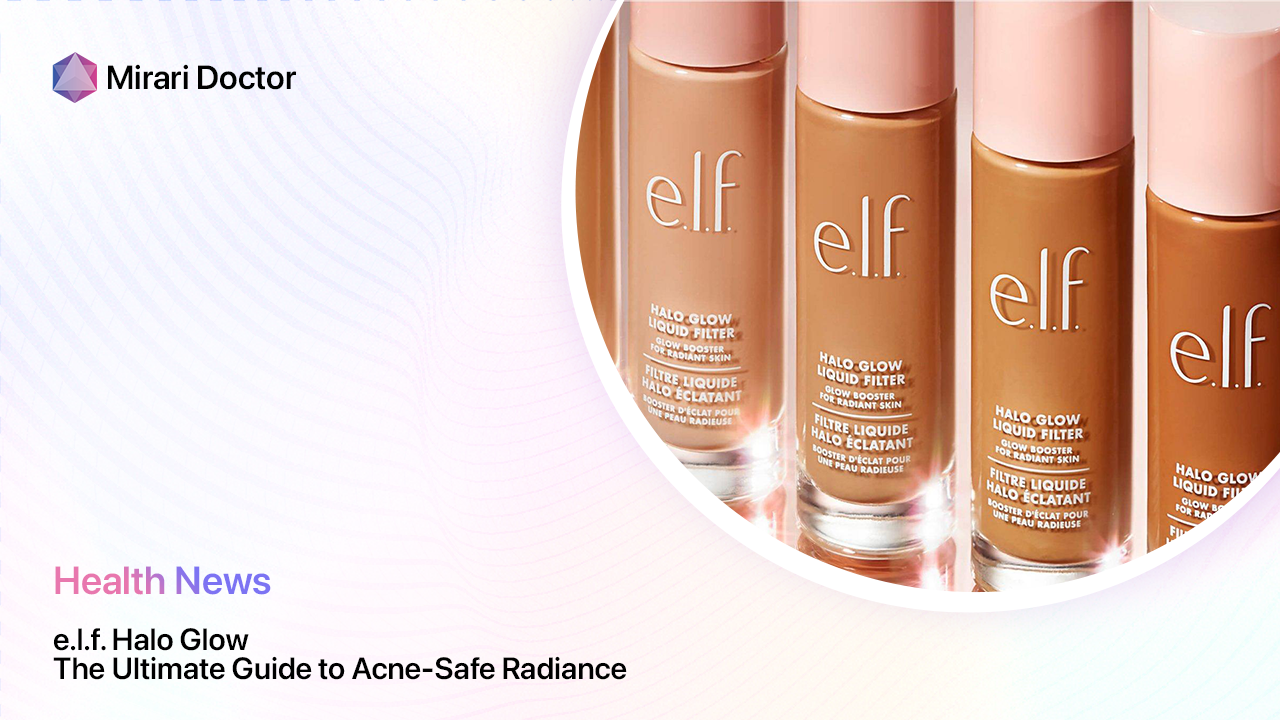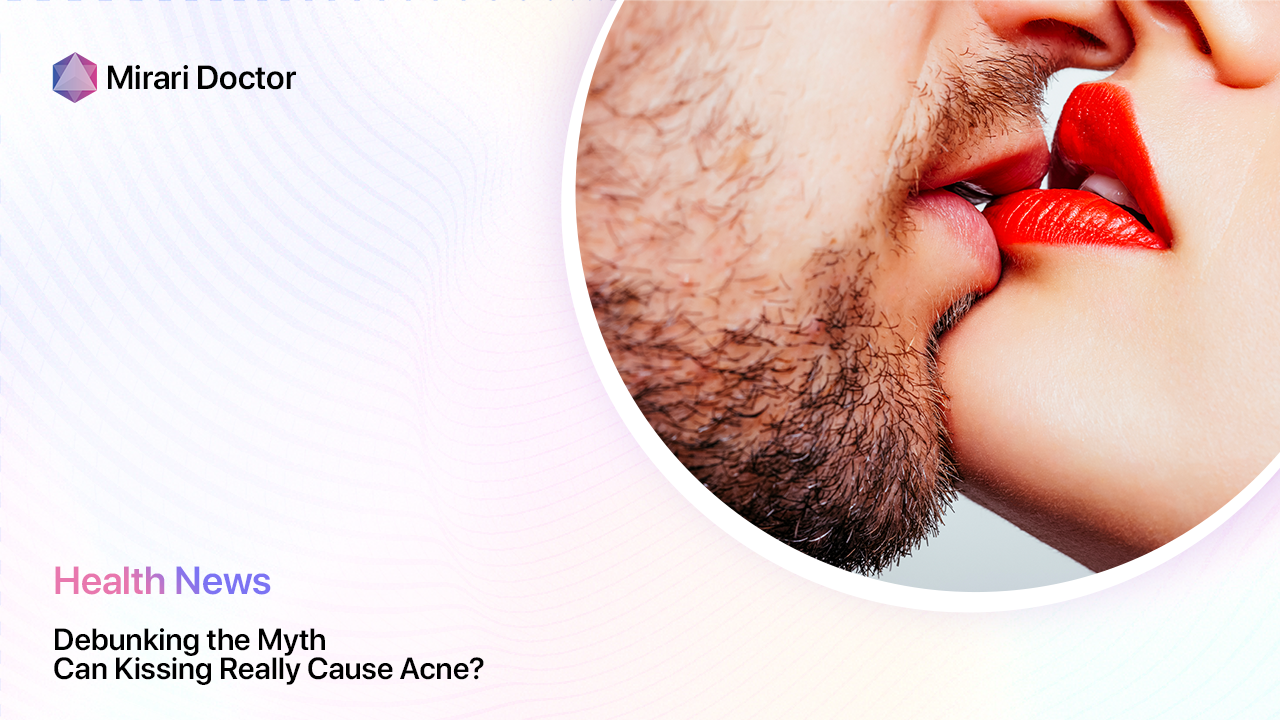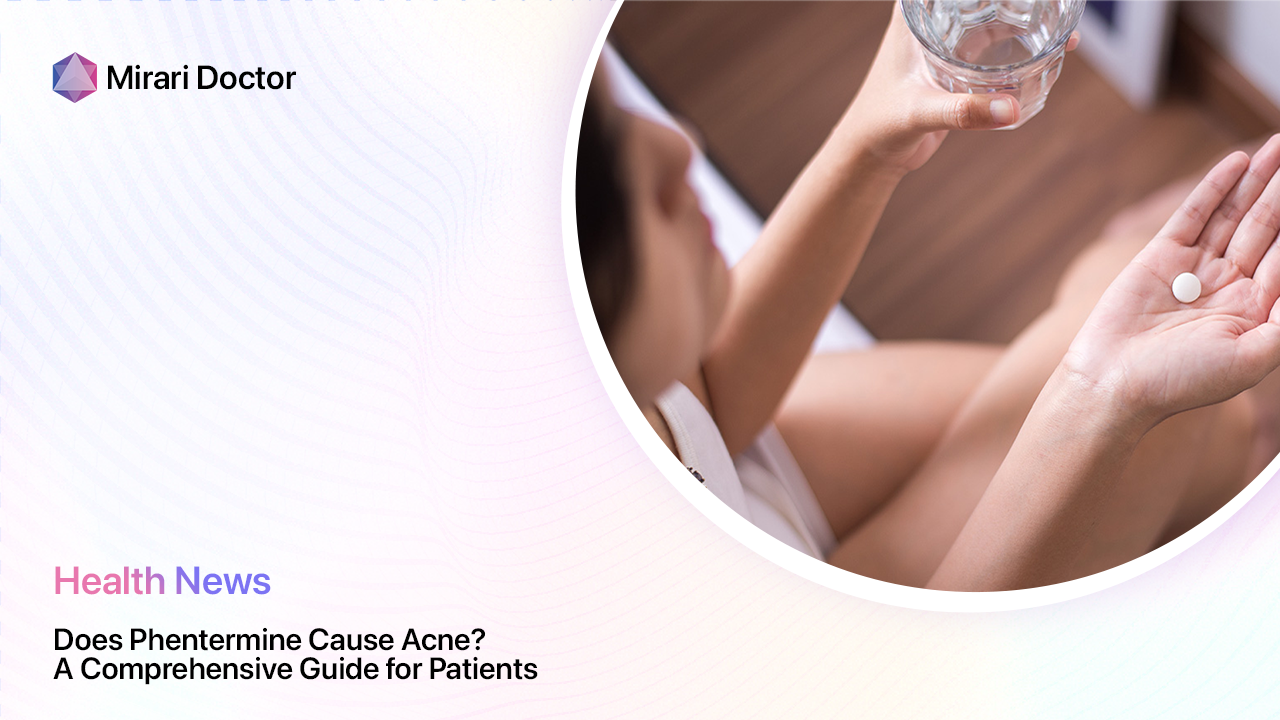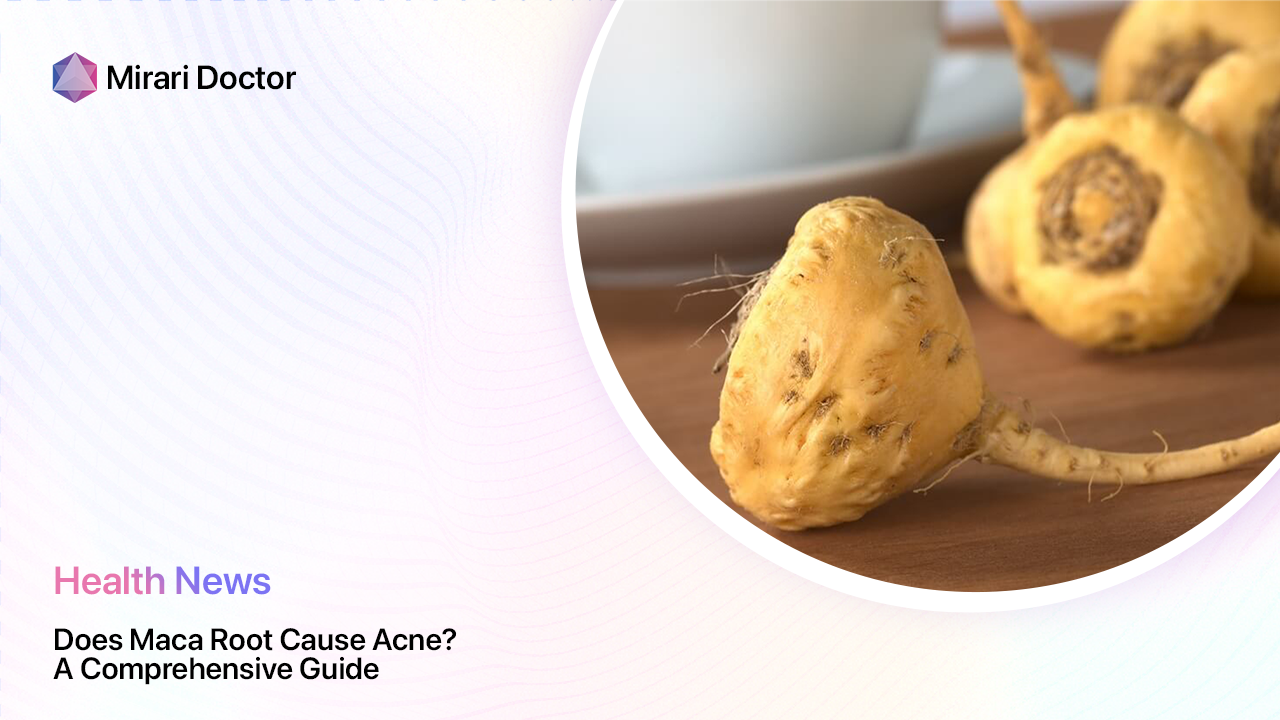
Maca root, a superfood native to Peru, has gained popularity for its potential health benefits, including hormonal balance and improved skin health. However, some people have raised concerns about whether maca root can cause acne. In this comprehensive guide, we’ll explore the relationship between maca root and acne, addressing common questions such as “maca for acne,” “maca root acne,” and “maca for hormonal acne.”
What is Maca Root?
Maca root is a cruciferous vegetable that grows in the high altitudes of the Andes mountains in Peru. It has been used for centuries as a traditional remedy to enhance fertility, energy, and overall health. Maca root is available in various forms, including powder, capsules, and liquid extracts.
Nutritional Benefits of Maca Root
Maca root is rich in essential nutrients that can benefit overall health and skin health. It contains:
- Vitamins: C, B1, B2, B3, and B6
- Minerals: Iron, calcium, copper, and zinc
- Amino acids: Including 8 essential amino acids
- Fatty acids: Linoleic acid and oleic acid
- Glucosinolates: Compounds with potential anti-cancer properties
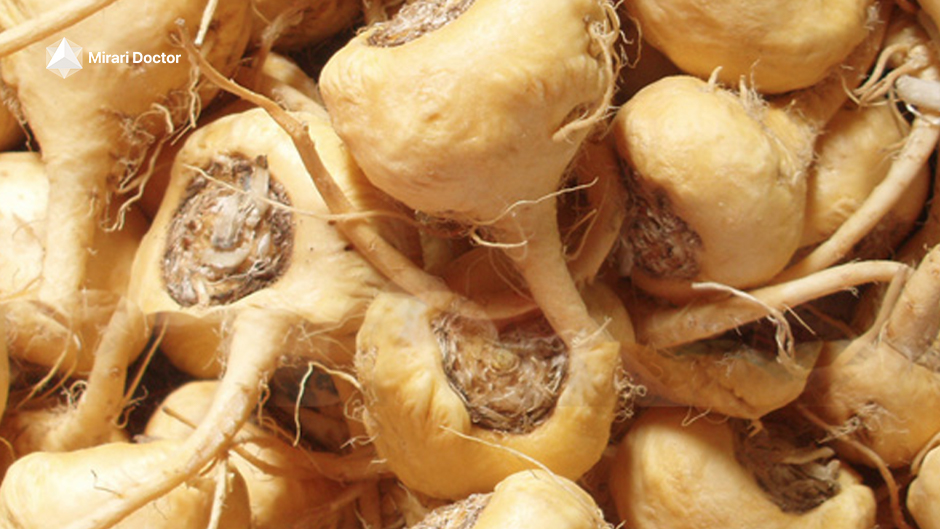
Maca Root and Hormonal Balance
One of the most well-known benefits of maca root is its potential to help balance hormones. Hormonal imbalances can contribute to various health issues, including acne. Maca root is believed to work as an adaptogen, helping the body adapt to stress and regulate hormone production.
A study published in the International Journal of Biomedical Science found that maca root may help alleviate symptoms of hormonal imbalance in postmenopausal women, such as hot flashes and night sweats1.
Maca Root and Skin Health
Maca root’s rich nutritional profile and potential hormone-balancing properties may benefit skin health. The antioxidants in maca root, such as glucosinolates and polyphenols, can help protect the skin from free radical damage and premature aging2.
Additionally, the essential fatty acids in maca root, such as linoleic acid, can help maintain skin hydration and promote a healthy skin barrier3.
Does Maca Root Cause Acne?
While some people have reported experiencing acne breakouts after consuming maca root, there is limited scientific evidence to support a direct link between maca root and acne. In fact, some studies suggest that maca root may have potential benefits for acne-prone skin.
A study published in the Journal of Medicinal Food found that a topical cream containing maca root extract helped improve acne lesions in participants with mild to moderate acne4.
Maca Root and Acne: Potential Mechanisms
Although more research is needed to fully understand the relationship between maca root and acne, there are several potential mechanisms through which maca root may impact acne:
- Hormonal regulation: Maca root’s adaptogenic properties may help balance hormones, which can be beneficial for hormonal acne.
- Anti-inflammatory effects: The antioxidants in maca root may help reduce inflammation, which is a key factor in acne development.
- Improved stress response: Stress can exacerbate acne, and maca root’s adaptogenic properties may help the body better cope with stress.
How to Use Maca Root for Acne
If you’re interested in using maca root for acne, there are several ways to incorporate it into your routine:
- Oral supplements: Maca root powder or capsules can be taken orally as a dietary supplement. It’s important to follow the recommended dosage on the product label.
- Topical application: Some skincare products, such as creams and serums, contain maca root extract. These can be applied directly to the skin to help improve acne and overall skin health.
- Dietary intake: Maca root powder can be added to smoothies, oatmeal, or baked goods as a way to incorporate it into your diet.
Potential Side Effects and Precautions
While maca root is generally considered safe, some people may experience side effects, such as:
- Digestive issues: Maca root may cause digestive discomfort, such as bloating or gas, in some people.
- Allergic reactions: Some people may be allergic to maca root. Symptoms of an allergic reaction can include itching, rash, and difficulty breathing.
- Interactions with medications: Maca root may interact with certain medications, such as hormone replacement therapy or blood thinners. It’s important to consult with a healthcare provider before taking maca root supplements if you have any underlying health conditions or are taking medications.
When to See a Healthcare Provider
If you’re experiencing persistent or severe acne, it’s important to consult with a healthcare provider. They can help determine the underlying cause of your acne and recommend appropriate treatment options.
Additionally, if you experience any adverse reactions or side effects after consuming maca root, it’s important to discontinue use and seek medical attention if necessary.
Conclusion
While there is limited scientific evidence to support a direct link between maca root and acne, some studies suggest that maca root may have potential benefits for acne-prone skin. Maca root’s rich nutritional profile, hormone-balancing properties, and anti-inflammatory effects may help improve overall skin health and reduce acne.
However, it’s important to approach maca root with caution and consult with a healthcare provider before adding it to your routine, especially if you have any underlying health conditions or are taking medications.
Key Takeaways
- Maca root is a nutrient-dense superfood that may have potential benefits for hormonal balance and skin health.
- While some people have reported experiencing acne breakouts after consuming maca root, there is limited scientific evidence to support a direct link between maca root and acne.
- Maca root’s hormone-balancing properties, anti-inflammatory effects, and improved stress response may benefit acne-prone skin.
- Maca root can be consumed orally as a supplement or applied topically in skincare products.
- It’s important to consult with a healthcare provider before adding maca root to your routine, especially if you have any underlying health conditions or are taking medications.
References
- Meissner, H. O., Mscisz, A., Reich-Bilinska, H., Mrozikiewicz, P., Bobkiewicz-Kozlowska, T., Kedzia, B., Lowicka, A., & Barchia, I. (2006). Hormone-balancing effect of pre-gelatinized organic maca (Lepidium peruvianum Chacon): (I) biochemical and pharmacodynamic study on maca using clinical laboratory model on ovariectomized rats. International Journal of Biomedical Science, 2(3), 260-272. https://www.ncbi.nlm.nih.gov/pmc/articles/PMC3614596/
- Gonzales, G. F. (2012). Ethnobiology and ethnopharmacology of Lepidium meyenii (maca), a plant from the Peruvian highlands. Evidence-Based Complementary and Alternative Medicine, 2012, 193496. https://doi.org/10.1155/2012/193496
- Manosroi, A., Chankhampan, C., Manosroi, W., & Manosroi, J. (2013). Anti-aging efficacy of topical formulations containing niosomes entrapped with rice bran bioactive compounds. Pharmaceutical Biology, 51(2), 208-224. https://doi.org/10.3109/13880209.2012.712589
- Fisk, W. A., Agbai, O., Lev-Tov, H. A., & Sivamani, R. K. (2014). The use of botanically derived agents for hyperpigmentation: a systematic review. Journal of the American Academy of Dermatology, 70(2), 352-365. https://doi.org/10.1016/j.jaad.2013.09.048
Related articles
Made in USA



